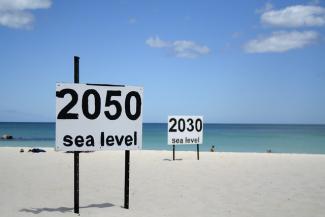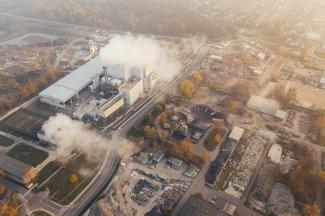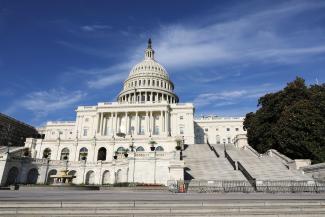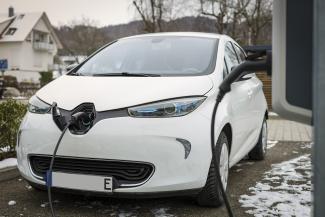Rulemaking Reset

On April 6, 2023, the Biden Administration launched a substantial effort to revise procedures that govern how federal rules are reviewed, revised, and approved within the federal administrative process. A new Executive Order entitled Modernizing Regulatory Review (E.O. No. 14094) makes revisions to longstanding E.O. No.








